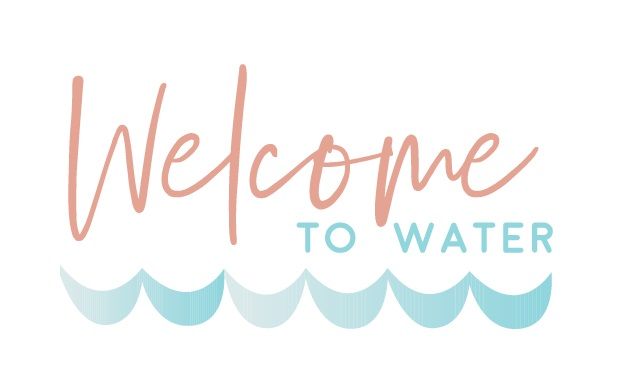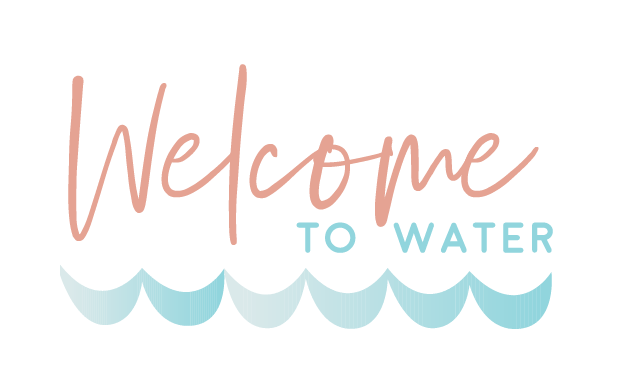Baby swimming lessons are fun! Well they should be…
Enjoyment is the primary goal of a baby swimming lesson. Any swimming skills acquired should be viewed as a bonus.
I know that sometimes when paying good money to “have my child taught to swim”, we parents will tend to want our money’s worth, and try to progress their child through the programme as fast as possible. By “progress” I mean: push the child past their current level of Aquatic Readiness.
But the problem is, when the child is pushed past the limit of their “zone of proximal development”, the enjoyment is taken out of the experience, and what is remembered by the child is the use of force they endured, not what skill they were made to perform.
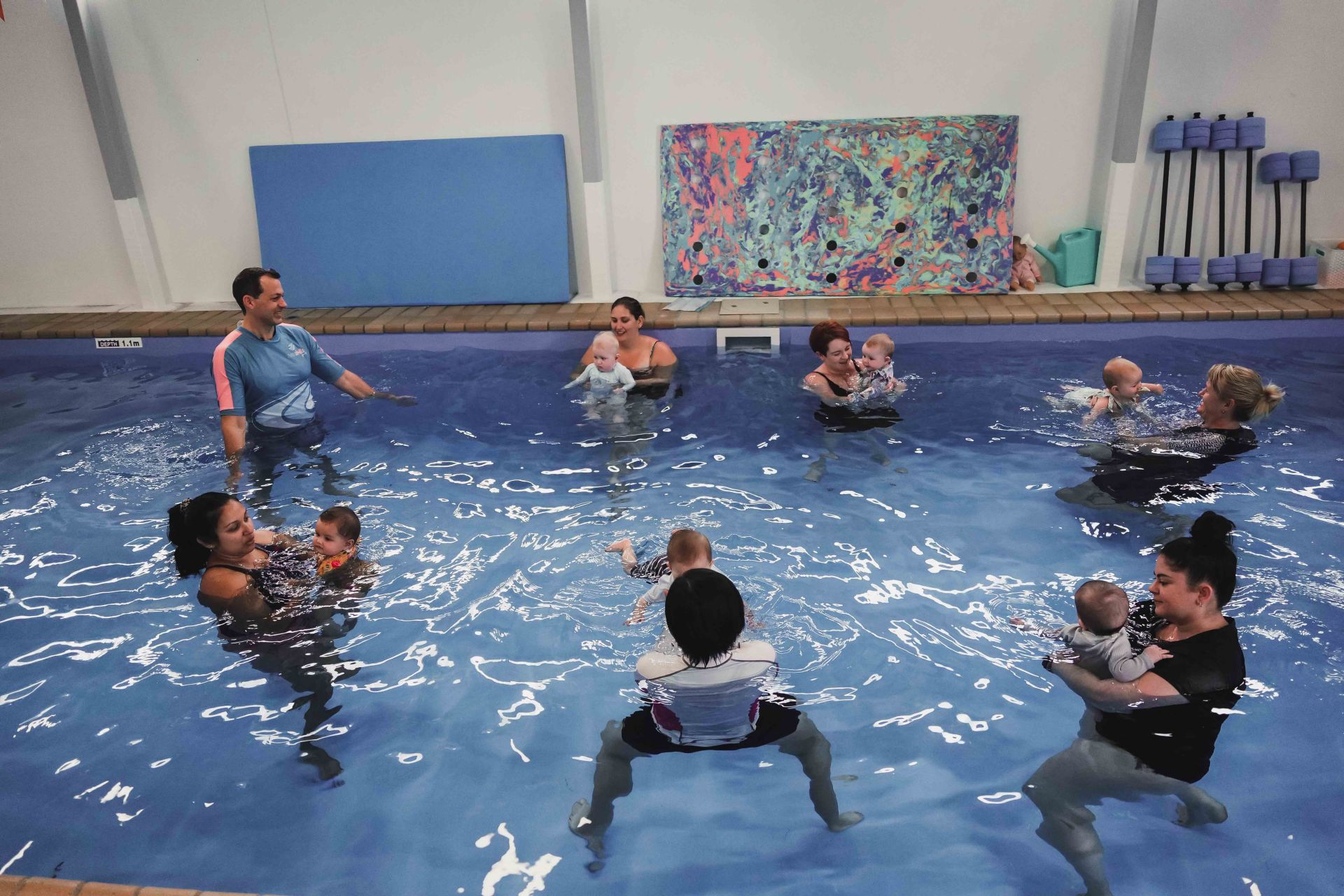
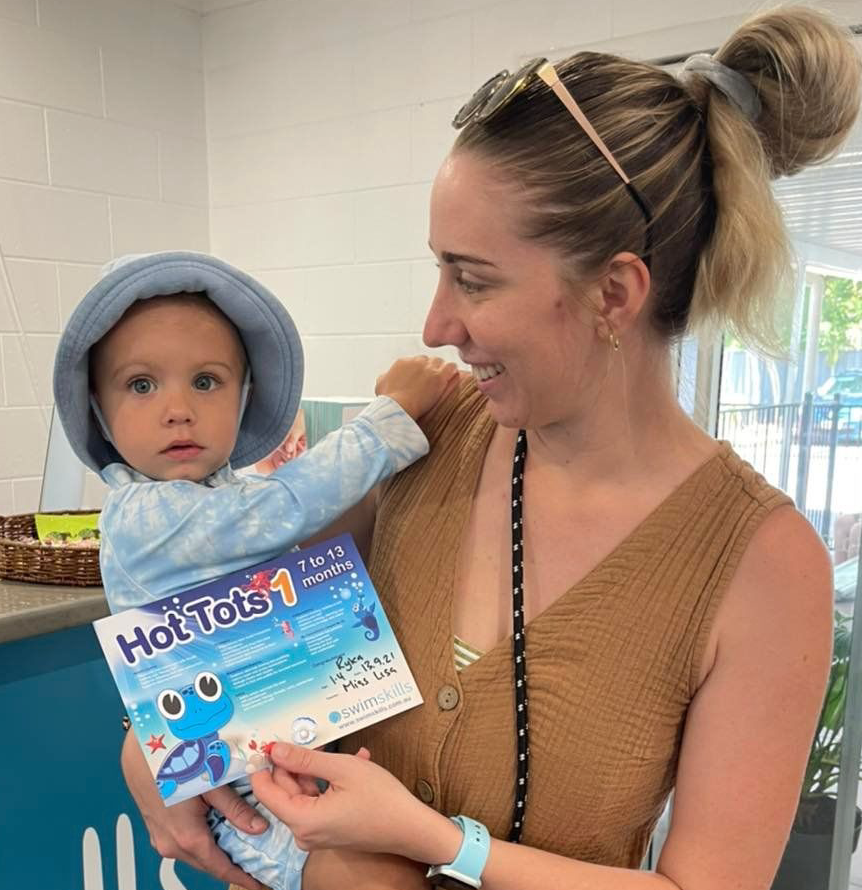
Policies
Is there policies surrounding the submersion of children? Parental Codes of conduct? Teachers Code of conduct. Health and safety policies? These should be in place to protect customers and staff.
Look at their social, google reviews, as well as word of mouth. Who do you know who has their child in swimming lessons?
Price - Value vs price.
The cheapest swim school is not always going to be the best option. As is the most expensive swim school. To find value in your swim school, weigh up the number of children per class vs cost. A $15 class with 10 per class is a lot worse value than a class of 5 for $20.
Also consider the quality of the facility, distance from your house or if the school allows a make-up or rescheduling policy. There should be some level flexibility if you need to miss because of illness. If there is no make-up or rescheduling policy, this price should reflect this.
Extra value - Do you receive certificates? - Is there extra information and education offered to you or your students - are there theme days, like mothers/fathers day, safety week, xmas week. All of this is a sign that the swim school is actively involved in evolving their programme, which adds to your experience and value you receive from your lessons.
Trial the programme
Most good swim schools allow their new customers to trial the programme before committing to a term of swimming.

Programme content
Programmes should be divided into age group, with appropriate developmental learning activities for that age.
There should also be an option for classes based on age AND ability for those 2 years and older.
Certificate goals should be clearly defined and readily available to view. You should be made aware of what the programme is trying to achieve for the level that your child is in.
There should be singing, imaginative play, games, developmental learning, toys and puppets, laughing, and also a little bit of swimming…
The programme should be guided by the principles of aquatic readiness. Always assess the child, modify the activity to suit their individual characteristics and progress them incrementally. All children will vary in their readiness for every activity, and the teacher should actively address these differences throughout the course of the lesson.
Never place the attaining skills above the right of the child to learn without the use of force. If the teacher resorts to the use of force to teach swimming skills, then run (or Swim) away in the other direction. To this very day, with all of the advancements and information available, there are still some swim schools how have forceful practices enshrined in their program, or teachers who resort to forceful techniques. Learn to recognise what constitutes a use of force in a learn to swim lesson with our online course
Thank you!
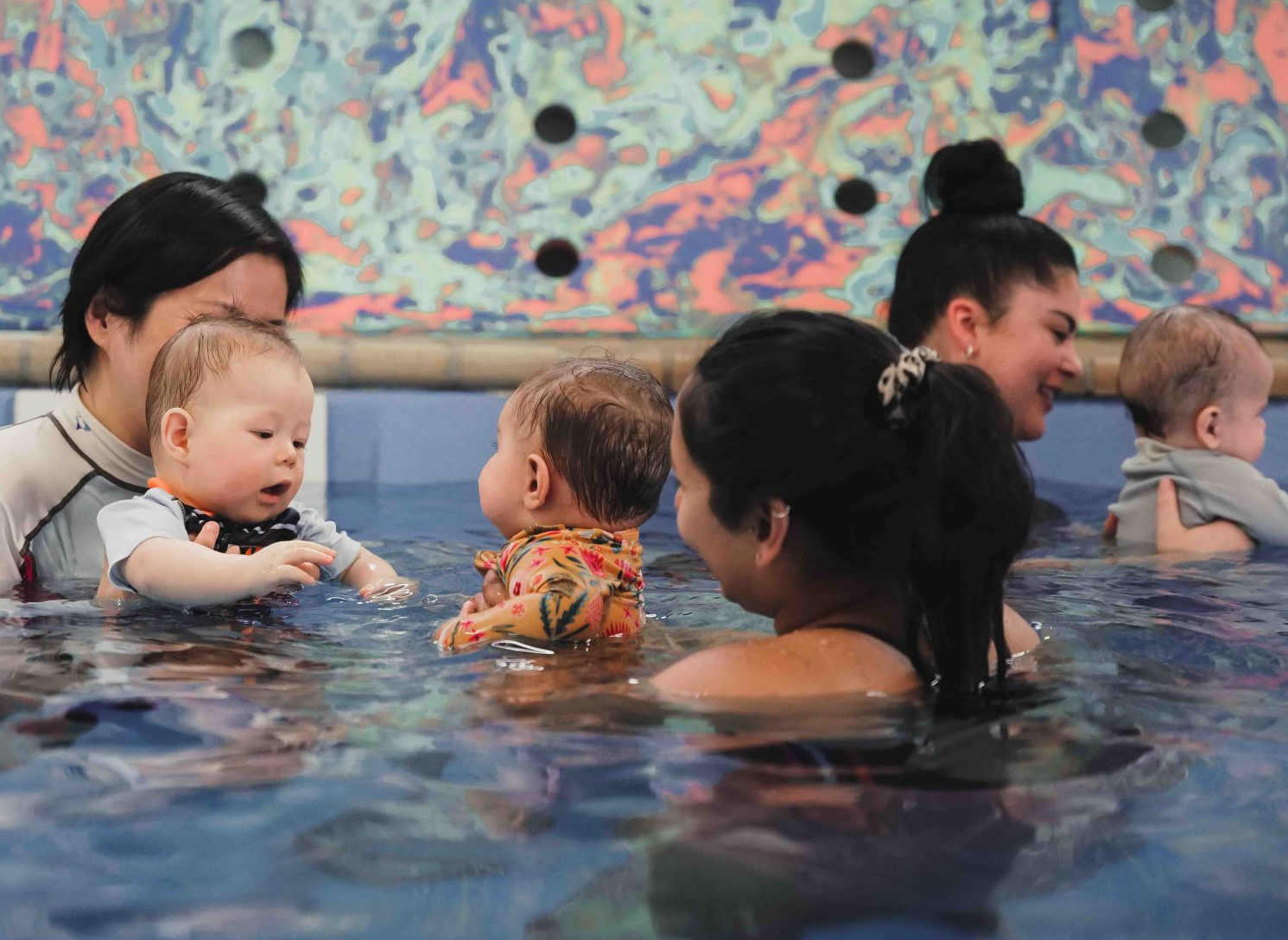
The feel
Conclusion
There should be a positive, loving feel from all staff. Parents and children should be happy. There should be no crying children in the pool, and if there is, staff should be lovingly addressing their needs and moving them to a more comfortable environment if required.
Does the facility look well maintained and cleaned. Is there comfortable waiting seating and reception areas.
Are the staff enthusiastic to see you and your child, or do you feel like just one of the numbers?
Teaching swimming is as much about forming a trusting relationship with the customers as it is about the skills taught. A strong connection with your teacher will allow you and your child to progress through the programme with the best possible results.
Conclusion
A good swim school is one that meets the needs of your family. That means yourself, and your child. They should understand your child, and know how to individualise the program towards them. Choose wisely, and if you choose correctly, you will have a long relationship with the people in the swim school, and they will have a profound impact on the development of your child.
